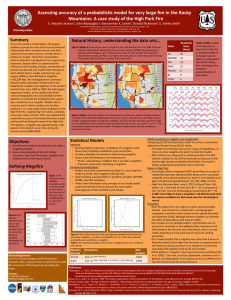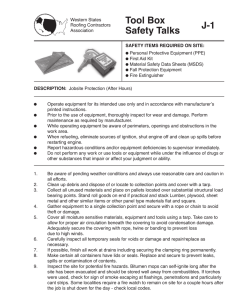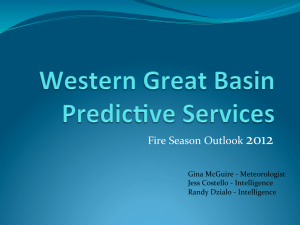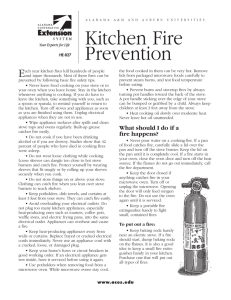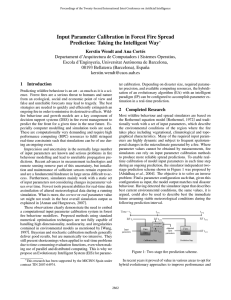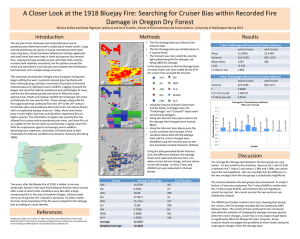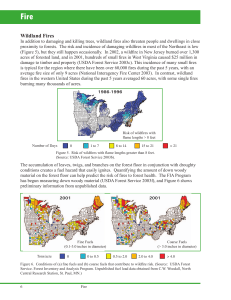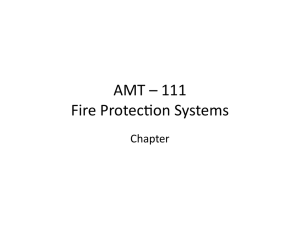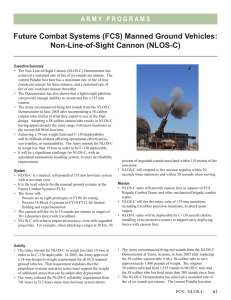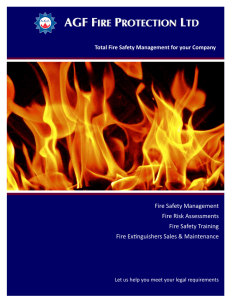Children and Fire A Growing Concern...
advertisement
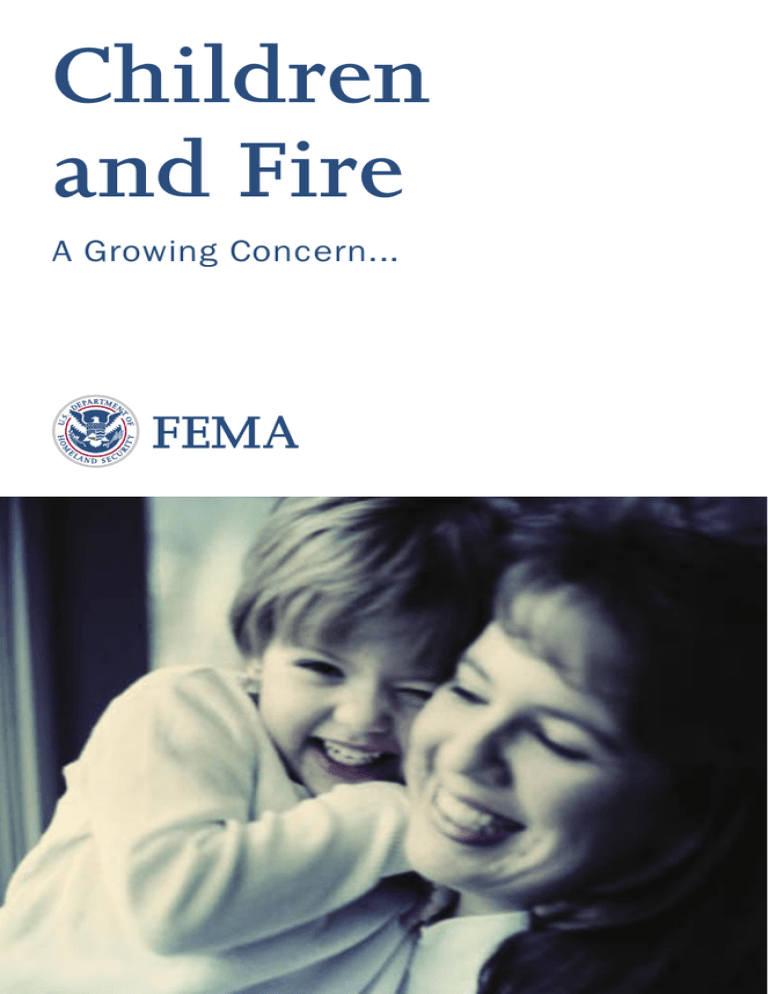
Children and Fire A Growing Concern... is child fire play and fire setting a problem? Fires set by young children in the U.S. annually result in:1 • 67,500 fires • 230 deaths • 1,800 injuries • $235 million in property damage is juvenile arson a problem? The FBI Crime Index reports that juvenile and adult arson cause an annual average of 560,000 fires, 750 deaths, 3,700 injuries, and $1.5 billion in property loss. • 55% of all arson arrests in the U.S. are children under 18. • Nearly half of these are age 15 and under. • 6.8% are under the age of 10. • The crime of arson has the highest rate of juvenile involvement. The first step in solving the problem is to understand better which children set fires and why they do it. Curiosity/Experimental • Boys and girls ages 2 to 10 (sometimes younger) • Lack understanding of the destructive potential of fire • Ready access to lighters, matches, or open flame • Unsupervised Troubled Firesetters • Mostly boys of all ages • Have set two or more fires • Use fire to express anger, sadness, frustration, or powerless feelings related to stress or major changes in their life • May not understand the consequences of uncontrolled fire • Will continue to set fires until needs are identified and met • Also known as “crisis” or “cry for help” firesetters 1 Source: National Fire Protection Association Delinquent/Criminal • Usually teens with a history of firesetting, truancy, antisocial behavior, or drug/ alcohol abuse • Fires are set with intent to destroy, or as acts of vandalism and malicious mischief • Targets are typically schools, open fields, dumpsters, or abandoned buildings • May involve restitution and criminal punishment if determined to be arson Emotionally Disturbed Psychiatric Diagnosis • Fire may be random, ritualized, or with specific intent to destroy property (arson) • Chronic history of school behavioral, social, emotional, or physical problems • Boys or girls, all ages • Set many fires A CALL TO ACTION! COMMUNITIES NEED TO WORK TOGETHER TO MAKE A DIFFERENCE who should be involved? Everyone in the community... parents and caregivers, the local fire and police departments, mental health counselors and social services, juvenile justice, schools, churches, medical community, youth service workers, public and private business, insurance industry, and other community leaders. What Can The Community Do? • Prevent curiosity firesetting in the first place: provide fire safety education for children and youth throughout the year. • Organize a coordinated, community based, screening/intervention program. • Identify and provide for the child’s and family’s needs (fire safety education, counseling, social services, etc.) using community resources. • Assist parents/caregivers, and all who work with children, to better understand children’s involvement with fire (when and where to go for help). a note to parents and caregivers • Teach young children that fire and fire tools are for grown-ups to use. • Keep matches and lighters out of reach, in high, ideally locked, cabinets. • Supervise young children. • Ask young children to tell you when they find matches and lighters, and put them away. • Teach older children proper techniques in using fire and fire tools - how to strike a match safely or light a candle with supervision. • Praise your child for practicing responsible behavior and showing respect for fire. • Set a good example: use matches, lighters, and fire carefully. Keep your home fire safe. about fire & fire safety • Fire is dangerous and can be deadly. • Even small fires spread quickly. • Never leave the stove or a burning candle unattended. • Install and maintain smoke alarms for early warning. • Plan and practice a home fire escape drill. • Inspect your home often for fire hazards. if • If you know of a firesetter child in need of assistance... • If you want more information about children firesetting and juvenile arson... • If you want to offer support to your local child firesetter community-based program... For more information or copies of this publication, please contact: Federal Emergency Management Agency U.S. Fire Administration 16825 South Seton Avenue Emmitsburg, Maryland 21727 800-561-3356 www.usfa.fema.gov FA-244/March 2003

